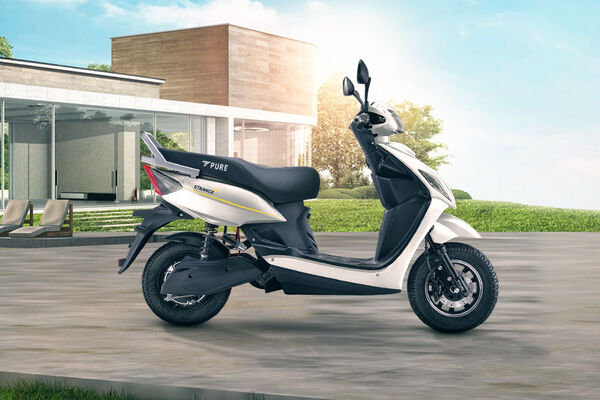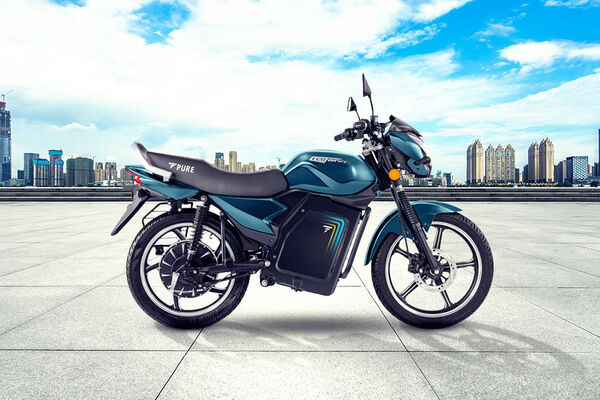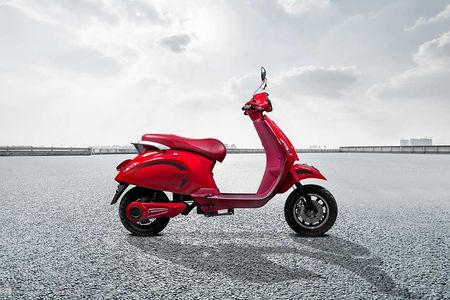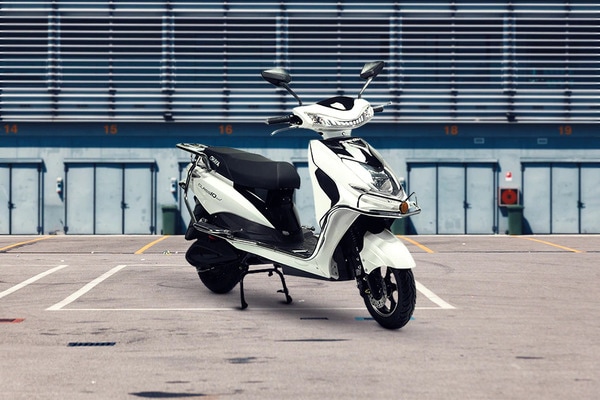Coronavirus likely to delay penetration of electric vehicles in India


The coronavirus pandemic is expected to delay the penetration of electric vehicles in India, as low affordability and the government's priority on reviving existing conventional automobile industry shift the focus away from EVs in the interim, according to rating firm Ind-Ra.
The passenger vehicles (PVs) segment of e-mobility will face a double whammy, as consumers would be wary to buy a costlier EV than an internal combustion engine (ICE) vehicle, while original equipment manufacturers (OEMs) would refrain from incurring high Capex, India Ratings and Research (Ind-Ra) said in a statement.
Also check these Bikes
"Low affordability and the government's priorities on reviving the otherwise suffering auto industry could shift the focus away from EVs in the interim," it added.
Reduced affordability and lower economic activities due to the pandemic could result in the automobile industry recording a decline in sales of over 20 per cent year-on-year for the second consecutive year in FY21, the agency said.
This is likely to impact the sales of EVs, which are costlier than an ICE vehicle. Two-wheelers have benefitted from rural demand and shift to personal mobility, and the segment could be the least impacted with regard to electrification due to better pricing and model choices, it noted.
"However, three-wheelers and buses, which have seen higher electrification in 2019, are among the most affected segments in FY21 and hence could see a delay in electrification," Ind-Ra said.
Growth in buses may take a back seat as orders for city buses are largely from state transport undertakings, and state governments are already grappling with a falling GDP, it added.
On the other hand, two-wheelers (2W), especially scooters, could see an upside due to the lower pricing delta between an EV and ICE and several models available to consumers. Though the EV penetration is likely to be faster in scooters, buses and three-wheelers (3W) in the medium term (defined as three to five years), PVs may take longer, the agency said.
"Ind-Ra also believes that underlying challenges in the adoption of EVs such as higher battery cost and reliance on imports would prevail in the medium term, and robust government policies would remain key for the development of EVs in the country," it added.
In terms of investments by automotive firms on EVs, Ind-Ra said, "Amid the current slowdown, OEMs are unlikely to incur aggressive Capex over the electric platform. Segment-wise, PVs and CVs have seen e-vehicle launches by conventional OEMs; and hence are unlikely to see material progress in FY21-FY22".
Stating that government measures remain key, it said that while the government has laid out Rs, 10,000 crore outlay over FY20-22 for faster EV adoption under the FAME-II policy, capping of subsidies at a specific vehicle price, which is ₹15 lakh for an e-PV, limits the scope of EVs in the premium car segment.
In case of e-two-wheelers, the FAME-II scheme has a stricter requirement for speed, range and energy, which excludes the majority of the models present in the Indian markets, Ind-Ra said.
"Moreover, the majority of e-2W and 2-3W run on the lead-acid battery while the subsidies are limited to EVs using lithium-ion battery. Though e-2Ws are gradually transitioning to lithium-ion batteries, e-3Ws may take longer due to cost viability," it added.
Ind-Ra believes that robust government support is imperative, as could be seen globally, for achieving the target of 30 per cent electrification by 2030.
"For example, China (over 50 per cent of the global electric fleet) witnessed a subsidy programme of over USD 60 billion during 2009-2019. The Indian subsidy programme of ₹100 billion (equivalent to USD 1.4 billion) is much smaller than China's," it said.
Moreover, the incentives are capped at 20 per cent of the vehicle cost in India compared to 30-50 per cent in the initial years in China, and 35 per cent in the United Kingdom. Thus, it becomes essential for the government to lay down more comprehensive policies, enhance incentives and ensure robust implementation of existing policies to increase EV adoption, it said. PTI RKL BAL








 75 km/charge
75 km/charge
 1.8 kWh
1.8 kWh














